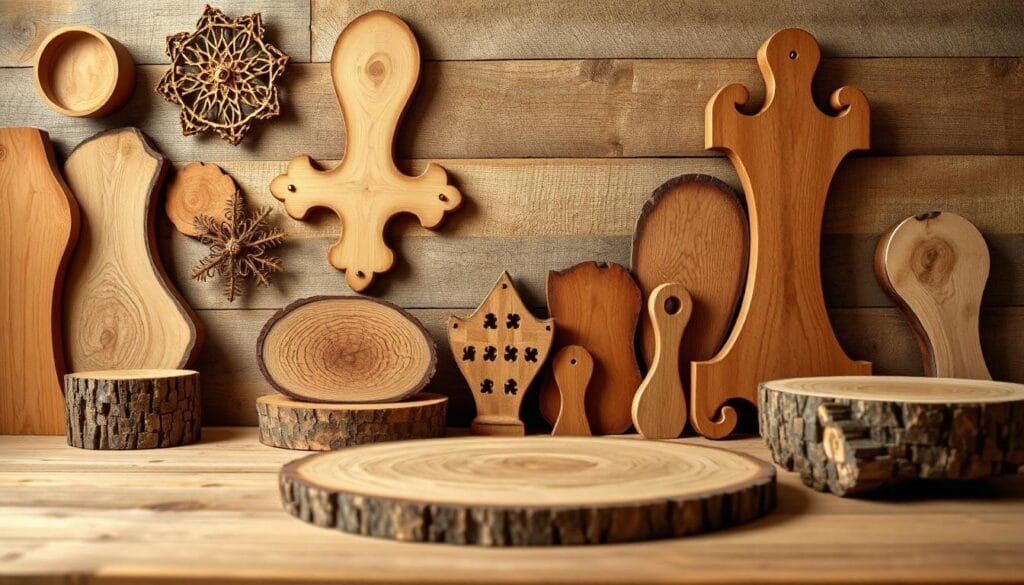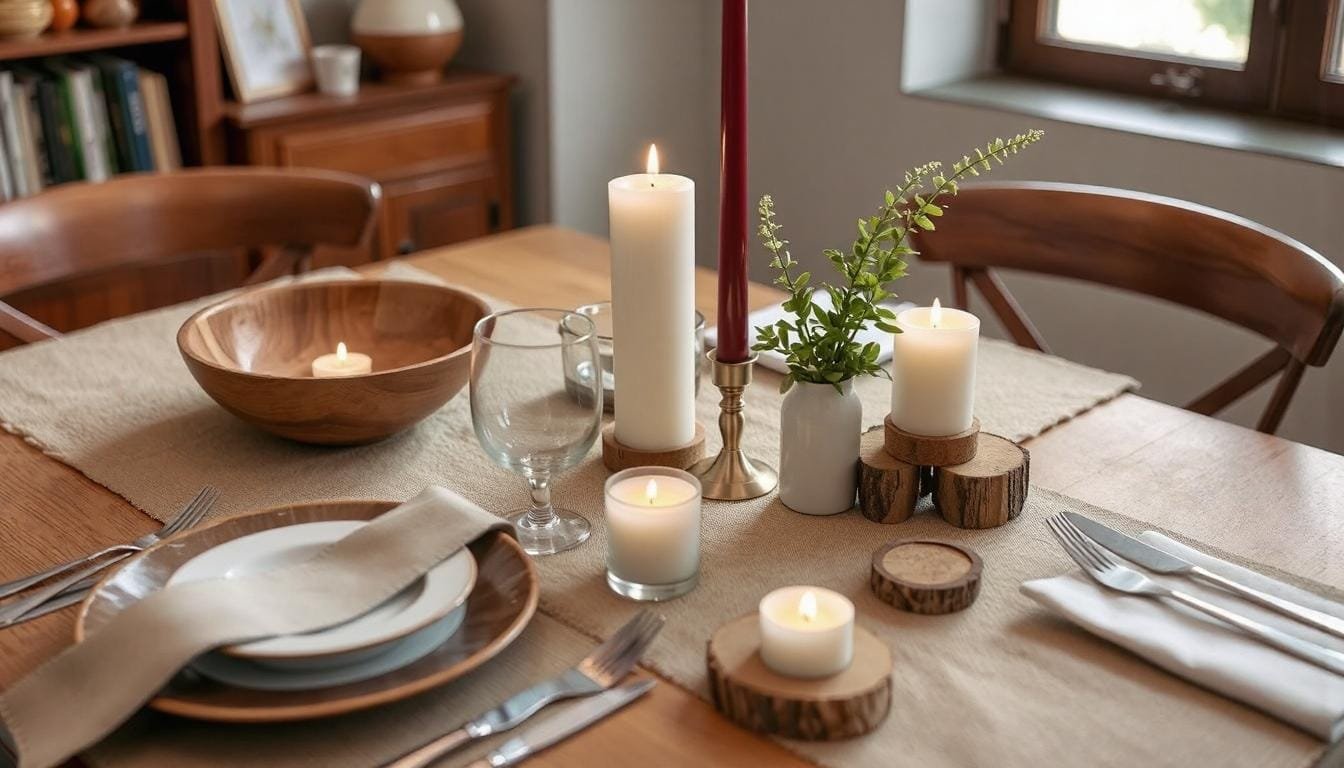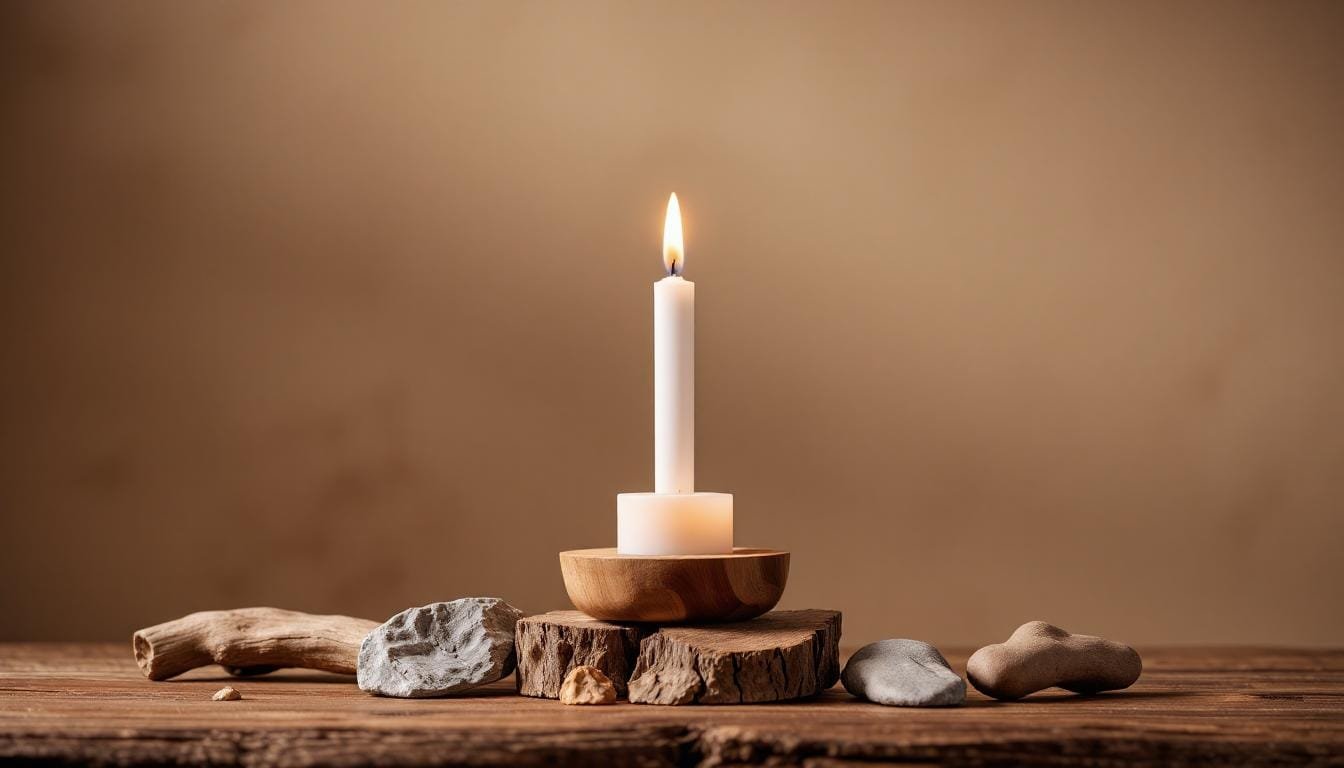Picture this: You’ve got a killer idea for custom wooden crafts—maybe branded corporate gifts or trendy home decor. But then reality hits. Will the supplier understand my vision? Can they deliver on time? And why does customization always cost an arm and a leg? Sound familiar? If you’re nodding, take a deep breath. I’m about to break down the real process of customizing wood crafts—no fluff, just facts (and a few dad jokes).
Custom wood crafts start with your design (or ours), move to material selection, then precision carving/finishing, and finally, quality checks. The best part? With the right supplier (hey, like us at Kangjie), it’s fast, affordable, and headache-free—even for small orders.
Still skeptical? Stick around. By the end, you’ll be a customization pro.

The Process of Customizing Wood Crafts
Step 1: Nailing Down Your Design
Got a napkin sketch? A Pinterest board? A vague idea mumbled over coffee? We’ve seen it all. The key is turning that into a workable design.
Sketch vs. Digital Mockup: Which Wins?
- Sketch: Great for quick ideas, but risky for details (ever seen a carpenter squint at a doodle?).
- Digital mockup: Our fave. Tools like Adobe Illustrator or even free apps (Canva) help avoid “That’s not what I meant!” moments.
Pro Tip: How to Communicate Your Vision
- Use Pantone codes for colors.
- Specify dimensions in metric and imperial (global team, remember?).
- Send reference photos. “Like this, but walnut” works wonders.
Step 2: Choosing the Right Wood
Not all wood is equal. Want a rustic vibe? Reclaimed oak. Sleek and modern? Maple. Budget-friendly? Pine.
Hardwood vs. Softwood: What’s Best?
- Hardwood (oak, walnut): Durable, pricier—ideal for heirloom pieces.
- Softwood (pine, cedar): Lighter on the wallet, great for decor items.
Sustainability Matters
Ask for FSC-certified wood. It’s like organic food, but for your conscience.
Step 3: Prototyping—The “Oops” Phase
A prototype costs less than a batch of 500 wrong pieces. Trust me.
Why Samples Save Your Sanity
- Catch errors early (e.g., “The logo is how small?”).
- Test finishes. That “matte” stain might look glossy IRL.
Step 4: Production—Magic + Sawdust
Here’s where CNC machines (precision) or hand-carving (artisan charm) come in.
Low MOQ Secrets
We work with factories directly, so even 50 units can be profitable. No “minimum 10,000” nonsense.
Step 5: Finishing Touches
- Stains: Dark, light, or natural.
- Eco-friendly options: Water-based finishes for eco-warriors.
Step 6: Quality Control
Every piece gets:
- Measurement check (no lopsided coasters).
- Finish inspection (smooth as Andy’s sales pitch).
- Packaging test (because “fragile” isn’t a spelling error—it’s a disaster).
Why Most Suppliers Mess This Up
- Late deliveries: We keep inventory ready for popular designs.
- Confidentiality: Your design stays yours. NDAs aren’t just for Netflix dramas.
Final Thoughts
Custom wood crafts shouldn’t feel like solving a Rubik’s cube blindfolded. With clear steps and a supplier who gets it (hi!), it’s smooth sailing.
FAQs
1. How long does customization take?
- 2–4 weeks, depending on design complexity. Rush orders? We’ve got your back.
2. What’s your MOQ?
- As low as 250 units. Perfect for testing the market.
3. Can you handle intricate designs?
- Yes—our CNC machines cut precision like a sushi chef.
4. Do you offer eco-friendly options?
- Absolutely. FSC wood, water-based finishes—green never looked so good.
5. What if I hate the prototype?
- We tweak it until you’re doing a happy dance. No extra cost.
Custom Message:
At Kangjie, we turn your woodcraft dreams into reality—without the headaches. Low MOQ, fast turnaround, and zero drama. Let’s chat.



